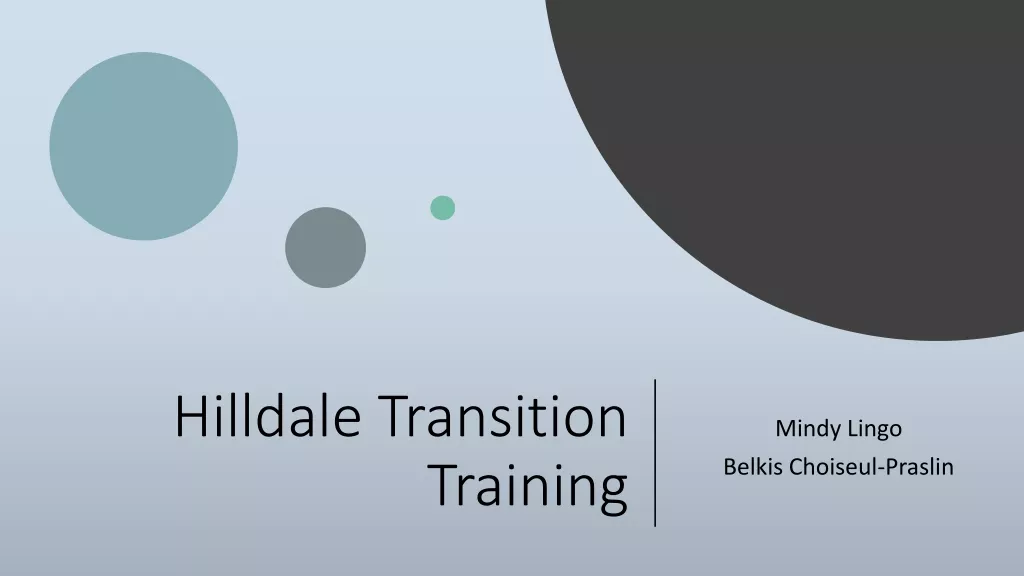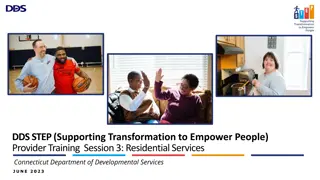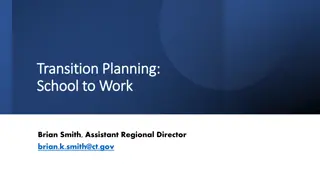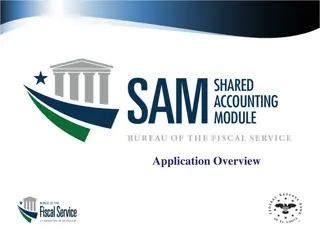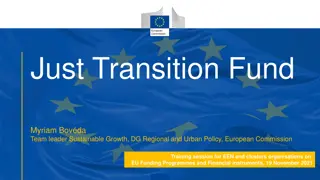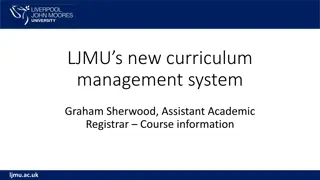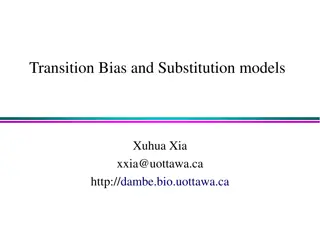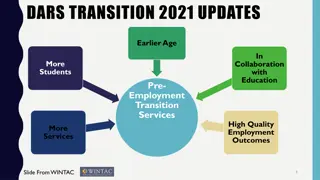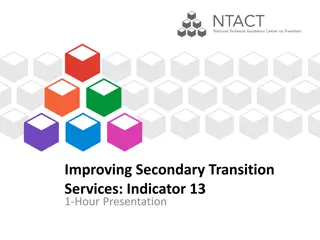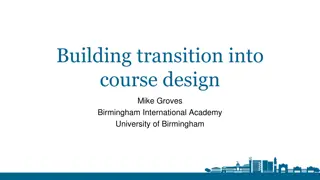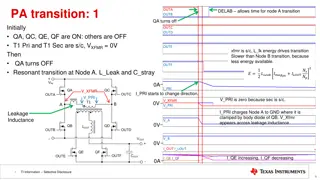Transition Plan for Learning Management System to PGVLE
In this plan presented by Shazia Hoodbhoy, the transfer of a Learning Management System to PGVLE is outlined from confirmation of support to onboarding new learners. The timeline spans from October 2024 to November 2025, covering key activities such as contract extensions, content review, training development, and establishing governance structures. The plan focuses on ensuring a smooth transition with continuous support for administrators, educators, and learners throughout the process.
Download Presentation

Please find below an Image/Link to download the presentation.
The content on the website is provided AS IS for your information and personal use only. It may not be sold, licensed, or shared on other websites without obtaining consent from the author.If you encounter any issues during the download, it is possible that the publisher has removed the file from their server.
You are allowed to download the files provided on this website for personal or commercial use, subject to the condition that they are used lawfully. All files are the property of their respective owners.
The content on the website is provided AS IS for your information and personal use only. It may not be sold, licensed, or shared on other websites without obtaining consent from the author.
E N D
Presentation Transcript
Eco 6380 Predictive Analytics For Economists Spring 2016 Professor Tom Fomby Department of Economics SMU
Presentation 13 Na ve Bayes Classifier Chapter 8 in SPB
Basis of Nave Bayes Classifier: Bayes Theorem The Na ve Bayes classifier is a classification method based on Bayes Theorem. Let ??denote that an output belongs to the j-th class, ? = 1,2, ,?, out of J possible classes. Let ? ???1,?2, ,??) denote the (posterior) probability of belonging in the j-th class given the individual characteristics ?1,?2, ,??. Furthermore, let denote the probability of a case with individual characteristics ?1,?2, ,??belonging to the j-th class and ?(??) denote the unconditional (i.e. without regard to individual characteristics) prior probability of belonging to the j-th class. For a total of J classes, Bayes theorem gives us the following probability rule for calculating the case-specific probability of falling into the j-th class: = + + where ( , , , | ) ( ) ( , , , | ) ( ) Denom P X X X C P C P X X X C P C 1 2 1 1 1 2 p p J J
The Nave Independence Assumption = . ( , , , | ) ( | ) ( | ) ( | ) P X X X C P X C P X C P X C 1 2 1 2 p j j j p j This assumption states that the joint probability of a specific case being in Class j is (naively) equal to the product of the individual probabilities of each individual characteristic being in Class j. This simplifies the computations of the Class probabilities of cases and helps prevent class probabilities from predominately being singular (i.e. either zero or one) across a majority of the cases. Then, in the independent case, the terms on the right-hand-side of the above equation can be calculated simply as the relative frequencies of the individual ?? s in Class ??. For example, the training data set could be used to calculate the relative frequency = ) j [(# of iX in jC )/(total # of cases in jC )] ( | P X iC
Two Ways of Calculating the Prior Class Probabilities ?(??) Pure Bayesian Uniform (Uninformative) Prior each Class has an equal probability J j J C P j / 1 = , 2 , 1 = ( ) , , Empirical Bayes Prior the training set relative frequencies of each Class are used as the Empirical Bayes Prior ) ( P = (# training cases falling into C / total # of training cases) jC j For more details on the Na ve Bayes Classifier see the pdf file Na ve Bayes Classifier.pdf on the class website.
Classroom Exercise: Exercise 8



